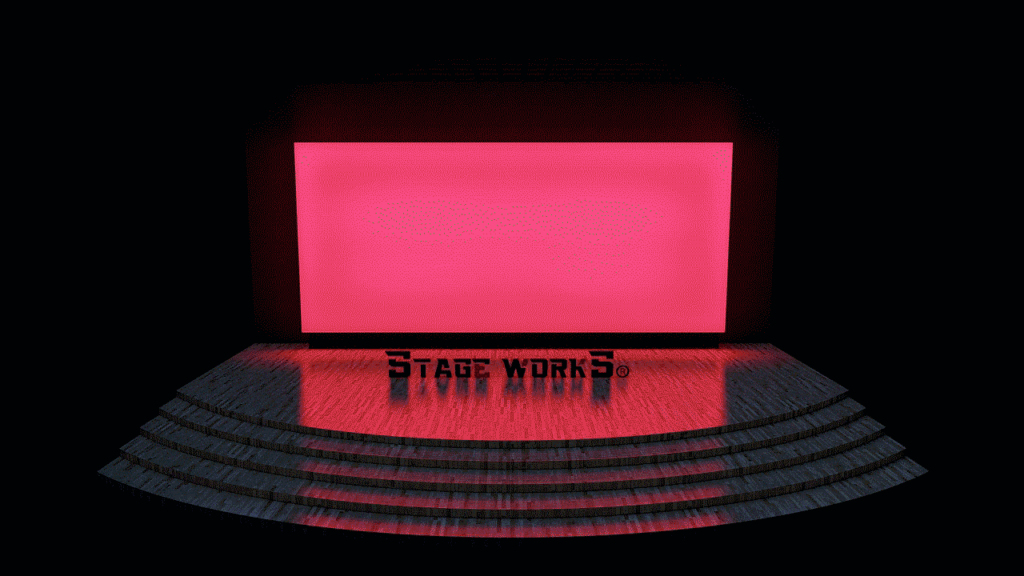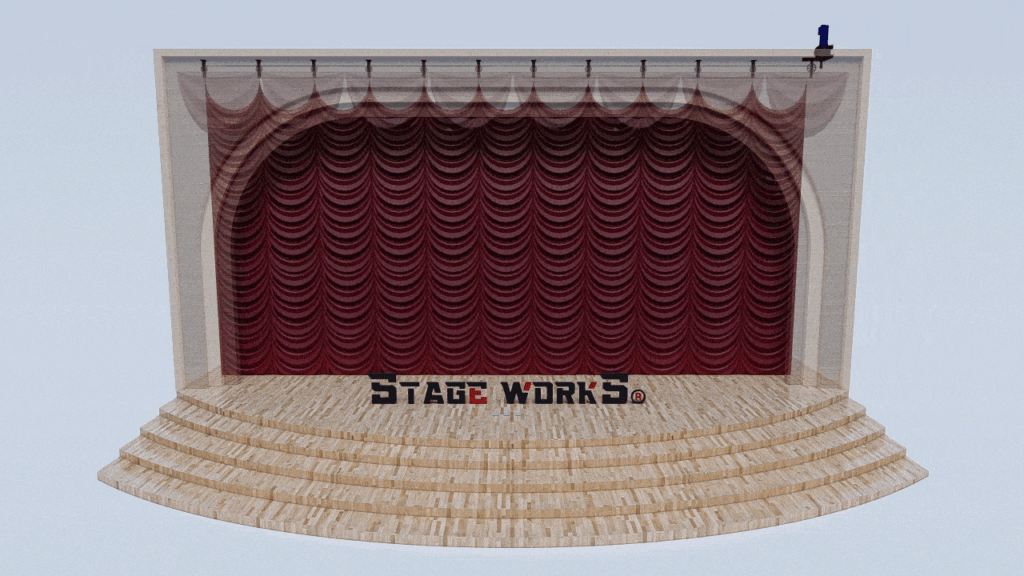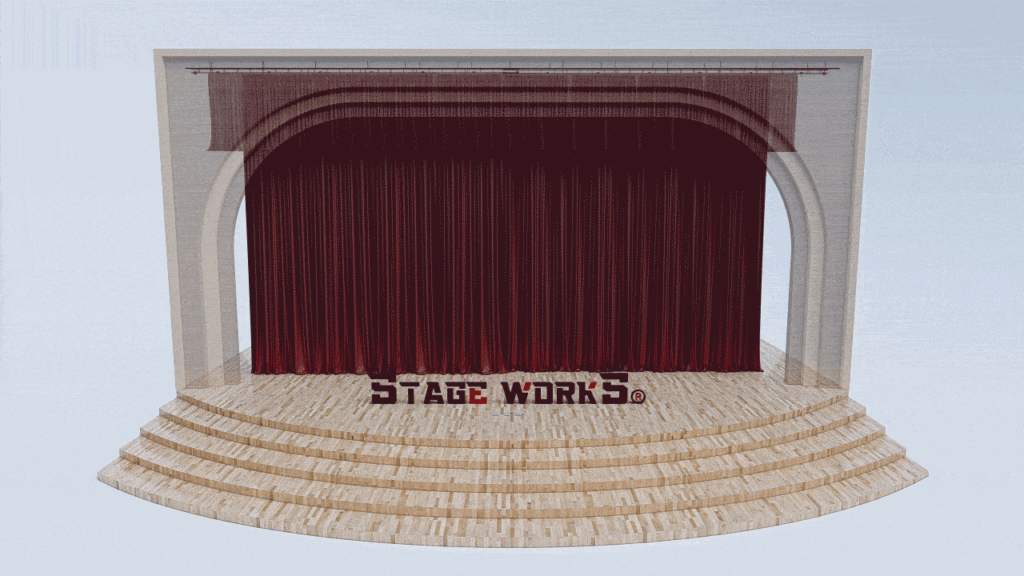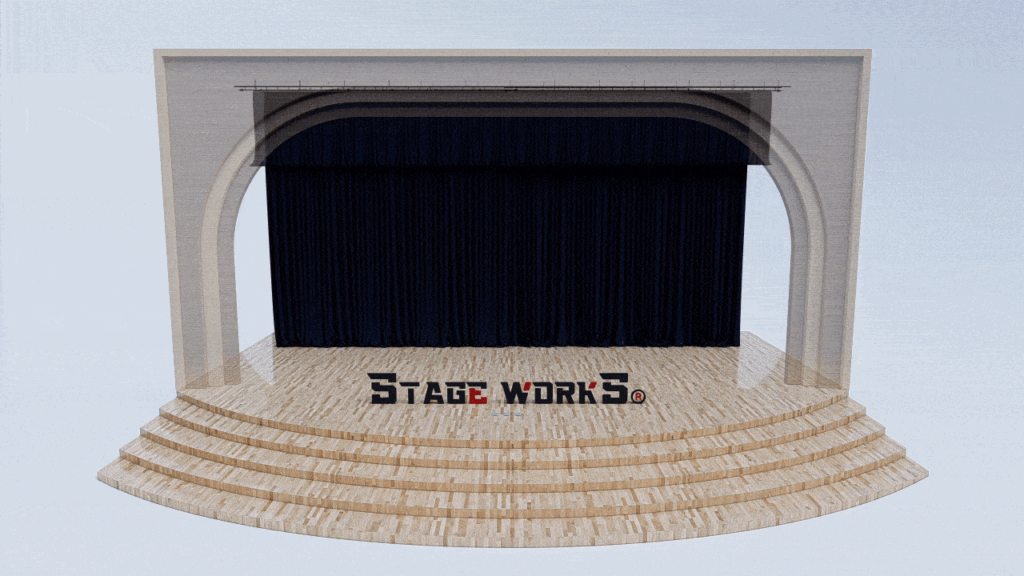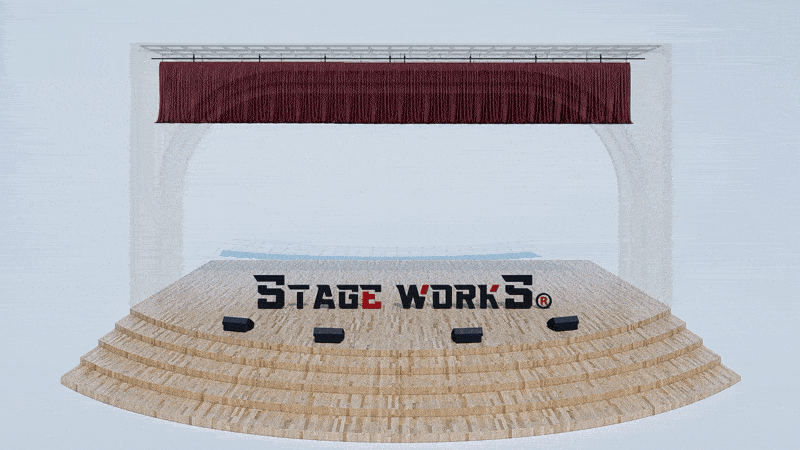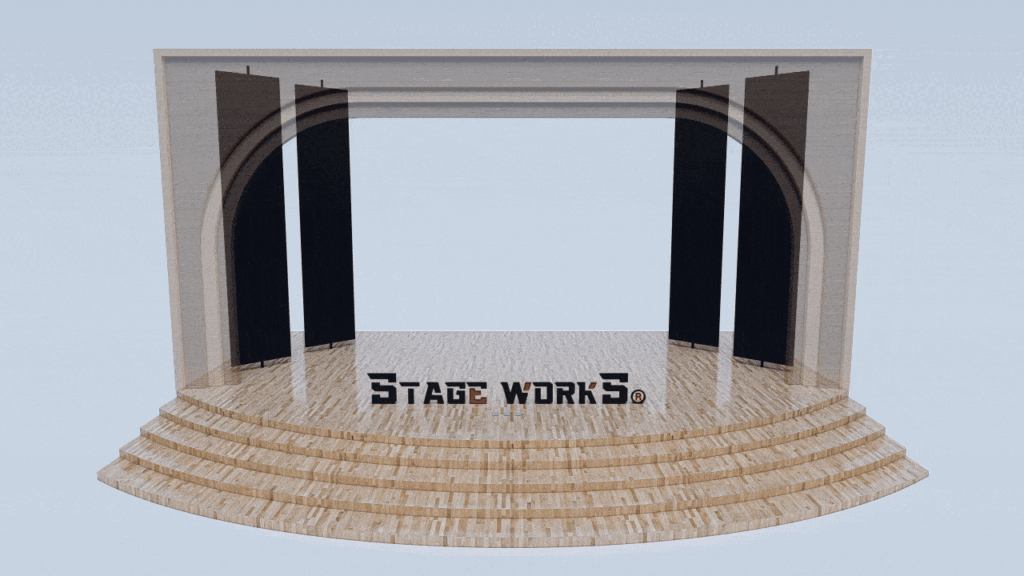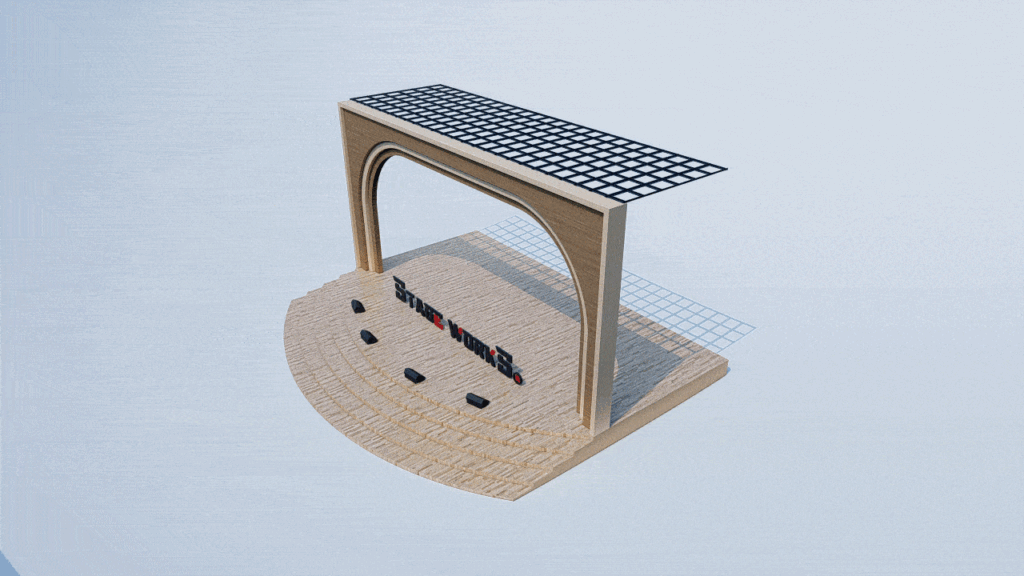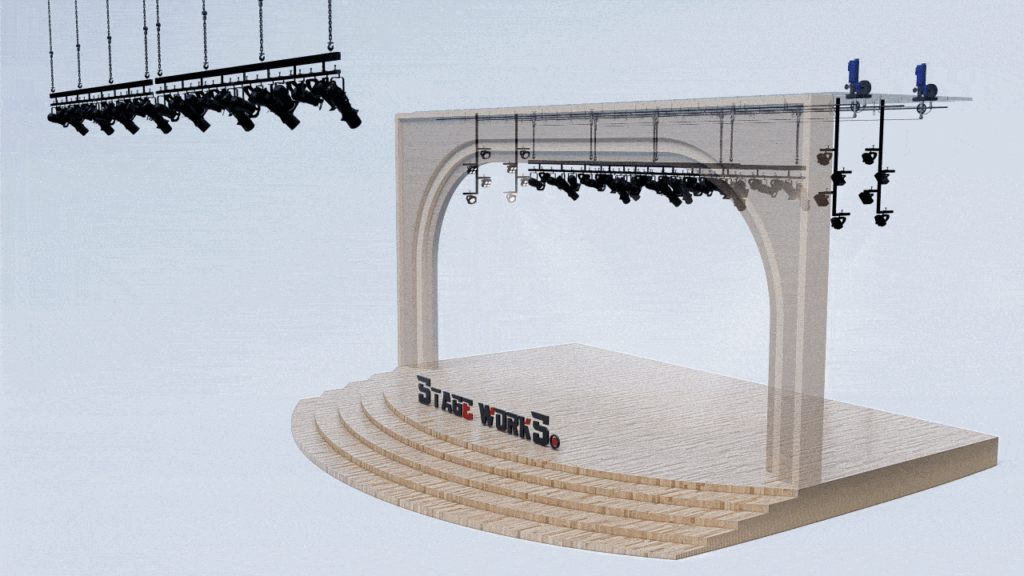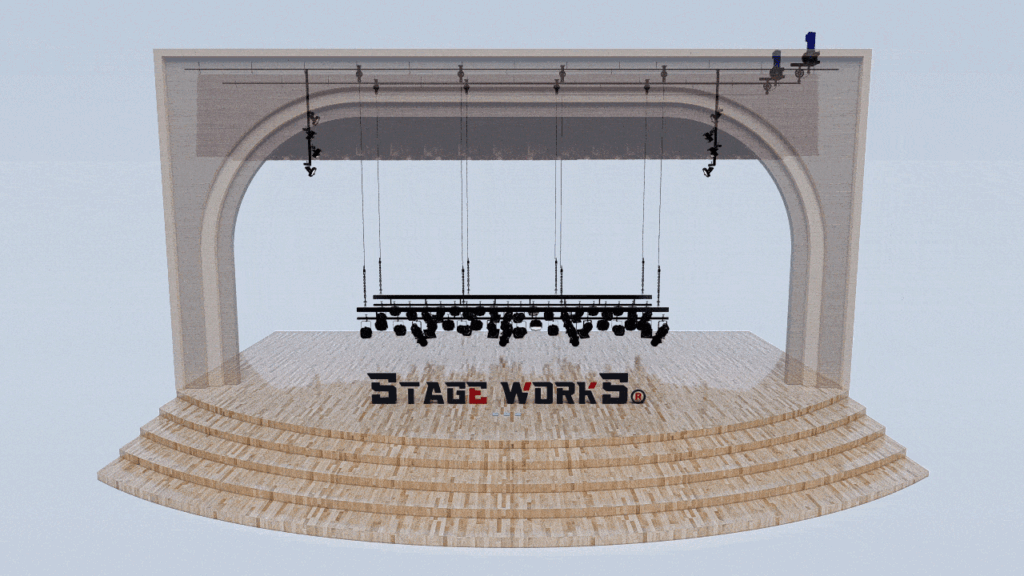Design Your Dream Stage: A Step-by-Step Guide
Creating a captivating stage design is more than just placing props and lights; it’s about crafting an immersive experience. Whether you’re a seasoned theatre professional or just starting out, this guide will walk you through the process of designing your dream stage, from initial concept to final execution. Learn how to leverage the power of stage curtains and other elements to bring your vision to life. This comprehensive guide is perfect for anyone involved in theatre, events, or performance arts.
1. Defining Your Vision: Concept and Theme
Before diving into technicalities, solidify your artistic vision. What story are you telling? What mood or atmosphere do you want to create? Consider your target audience and the overall message you aim to convey. A clear concept, complete with a defined theme, will guide all subsequent design choices. Explore mood boards, sketches, and even storyboards to visually represent your initial ideas. Think about the overall aesthetic: Is it modern, classic, whimsical, or futuristic? This foundational step ensures a cohesive and impactful design.
2. The Stage’s Physical Constraints: Measurements and Layout
Understanding the physical space is crucial. Accurately measure the stage’s dimensions, including width, depth, and height. Note any existing features, such as columns, proscenium arches, or built-in lighting. Consider the stage’s backstage area and accessibility for actors, crew, and equipment. A detailed floor plan is essential for efficient space management and precise placement of set pieces, lighting fixtures, and, importantly, your stage curtains. Using CAD software can greatly assist in creating a precise visual representation.
3. Choosing the Right Stage Curtains: Fabric, Color, and Functionality
Stage curtains are more than just a backdrop; they’re a vital design element. At stagecurtains.in, we offer a wide variety of fabrics, colors, and functionalities to suit every need. Consider the fabric’s weight, drape, and light-absorbing properties. A heavy velvet curtain creates a dramatic, intimate atmosphere, while a lighter, sheer fabric allows for diffused lighting and a more ethereal effect. The color of your curtains significantly impacts the overall mood, so choose wisely. Think about functionality too: Do you need curtains that can be easily opened and closed? Will you require multiple layers or specialized features like masking curtains?
4. Lighting Design: Enhancing the Atmosphere
Lighting plays a crucial role in shaping the audience’s experience. Work closely with a lighting designer to integrate lighting into your overall stage design. Consider the color temperature, intensity, and direction of the light. Strategic lighting can highlight key elements, create shadows to enhance mood, and dramatically alter the perception of space. Remember how your chosen stage curtains will interact with the lighting: will they absorb or reflect the light, creating specific shadows and effects?
5. Set Design and Prop Placement: Creating Visual Interest
Set design and prop placement must complement your overall vision. Consider the scale and placement of set pieces in relation to the stage curtains and lighting. Props should serve a purpose, enhancing the narrative or mood. Avoid overcrowding the stage; prioritize key elements that directly contribute to the story. Ensure proper sightlines for the audience and consider how different elements interact to create a harmonious composition.
6. Sound Design: Completing the Immersive Experience
Sound design is often an overlooked aspect but is equally critical in creating a captivating stage experience. Consider the use of sound effects, music, and ambient sounds to enhance the atmosphere and emotional impact of your production. Ensure proper sound balance and clarity, taking into account the acoustics of the space. A well-integrated sound design can significantly elevate the overall production value.
7. Execution and Collaboration: Bringing Your Vision to Life
The final stage involves bringing your design to life through collaboration and precise execution. Work closely with stagehands, technicians, and other professionals to ensure everything is implemented accurately. Thorough planning and communication are crucial to a smooth and efficient process. Regularly review the progress and make any necessary adjustments to ensure your vision is realized effectively.
Designing your dream stage is a journey of creative exploration and meticulous planning. By following these steps and utilizing the high-quality stage curtains from stagecurtains.in, you can create a truly memorable and impactful theatrical experience.



